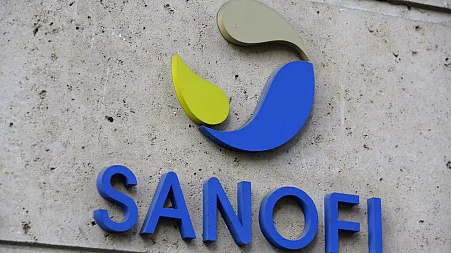NEW YORK (AP) — A type of bankruptcy protection filing that made it easier for small businesses to seek relief has expired, which will complicate filing for small businesses with more than $3 million in debt.
The filing type, known as Subchapter V, is cheaper and less time-consuming than the traditional Chapter 11 bankruptcy filing.
The rule went into effect in 2020 as part of the Small Business Reorganization Act. It let small businesses with less than $2.75 million in debt file under the subchapter. That debt limit was extended to $7.5 million in March 2020 amid the pandemic for one year — and that was extended two more times.
A bill to make the debt limit permanent failed, so the debt threshold reverted to $3 million (the original debt limit adjusted for inflation), on June 21.
Subchapter V filing imposes shorter deadlines for filing reorganization plans, allows for greater flexibility in negotiating restructuring plans with creditors and doesn’t require the payment of U.S. Trustee quarterly fees. A trustee is appointed for each case and the trustee works with the small business debtor and creditors to facilitate a reorganization plan.
According to data compiled by the Justice Department’s U.S. Trustee Program, between 2020 and 2023, Subchapter V filers had 51% of plans confirmed by a judge, compared with 31% of plans from filers of other types of bankruptcy protection. Subchapter V filers had half the percentage of plans dismissed compared with other filers, and a shorter time to confirmation.
New York-based reporter covering small business.Disclaimer: The copyright of this article belongs to the original author. Reposting this article is solely for the purpose of information dissemination and does not constitute any investment advice. If there is any infringement, please contact us immediately. We will make corrections or deletions as necessary. Thank you.



